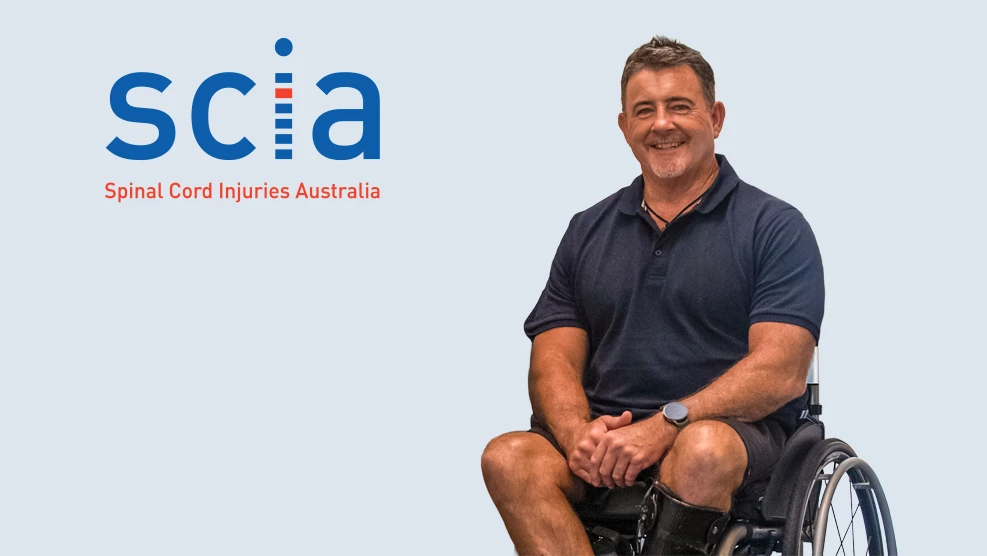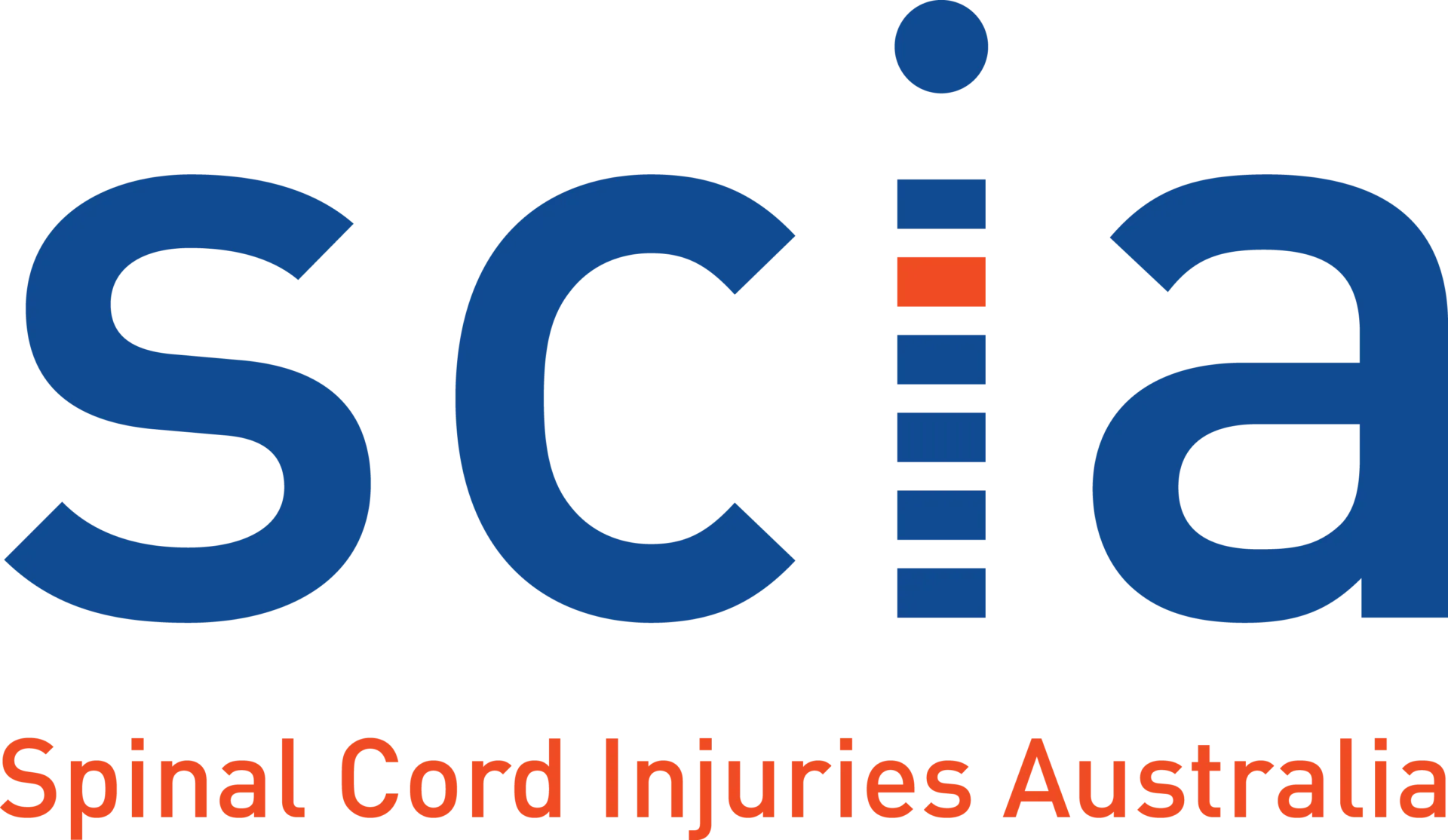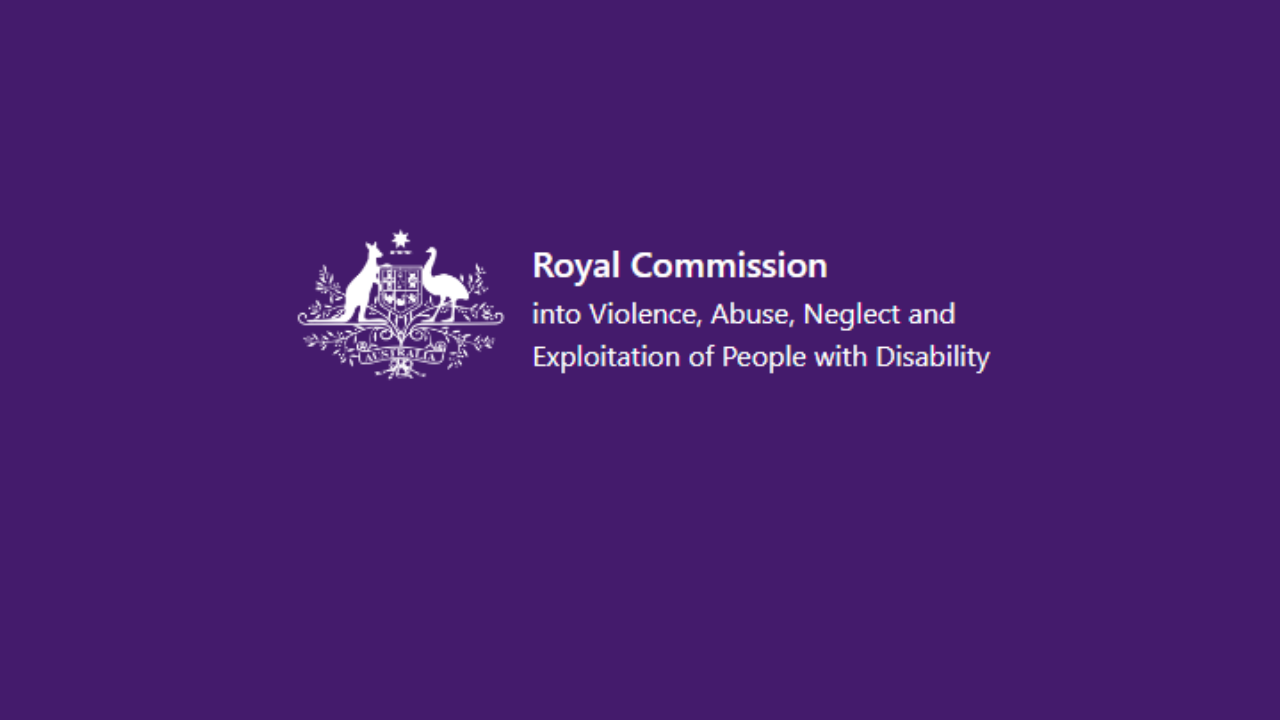Your central hub for information, support tools, and practical advice.
Discover our resources

Wheelchair Skills – Pushing Up A Ramp

Strength in Resilience

Wheelchair Skills – Wheeling Across Grass

Celebrating Strength in Community: Recognising the community of carers, friends and families after an SCI

Pets in Crisis – Services and Supports


